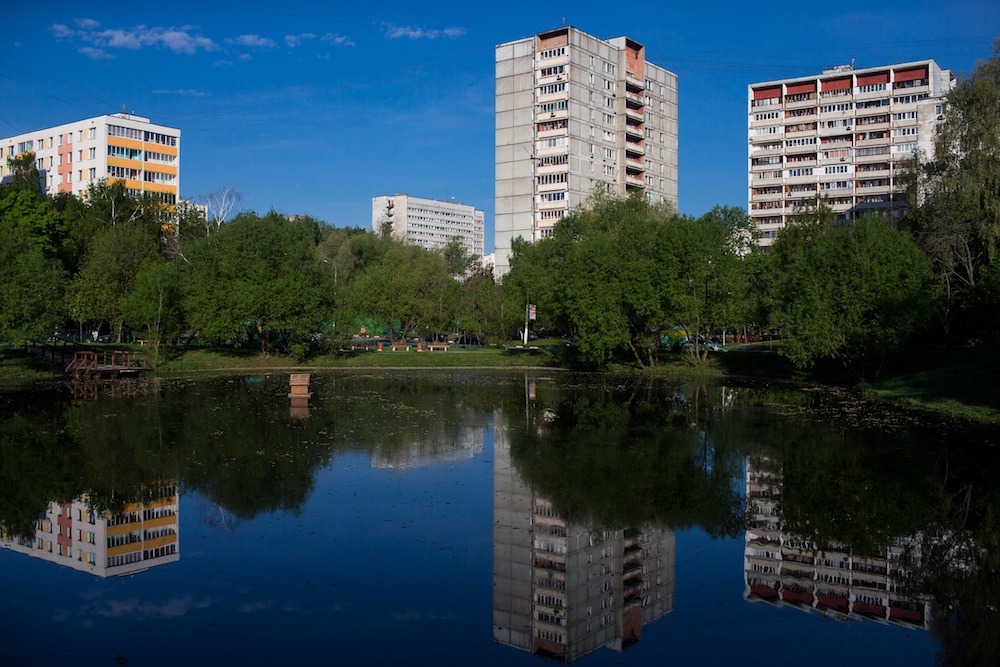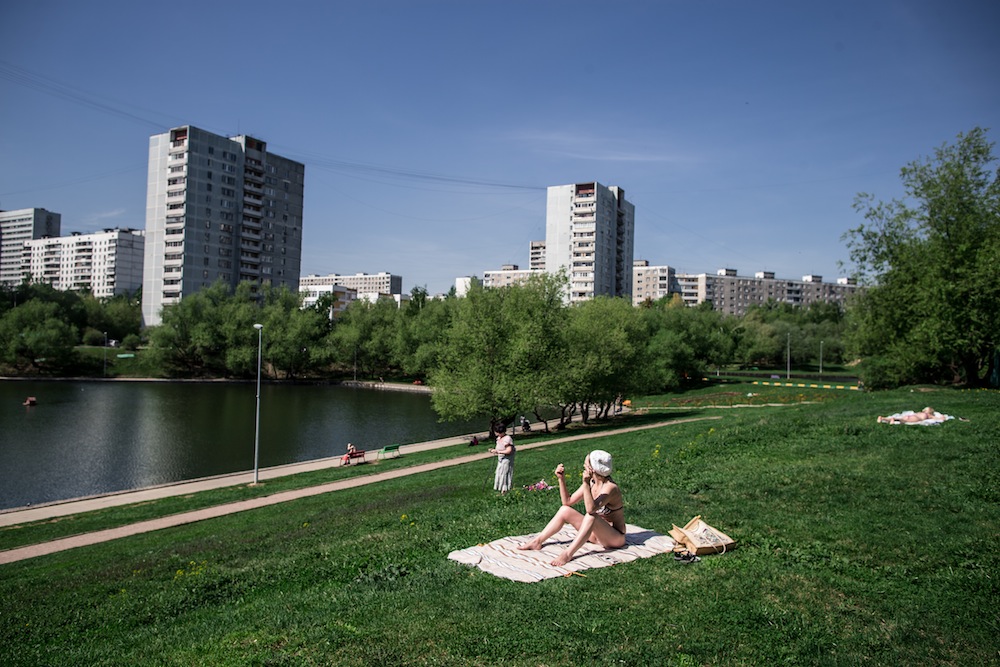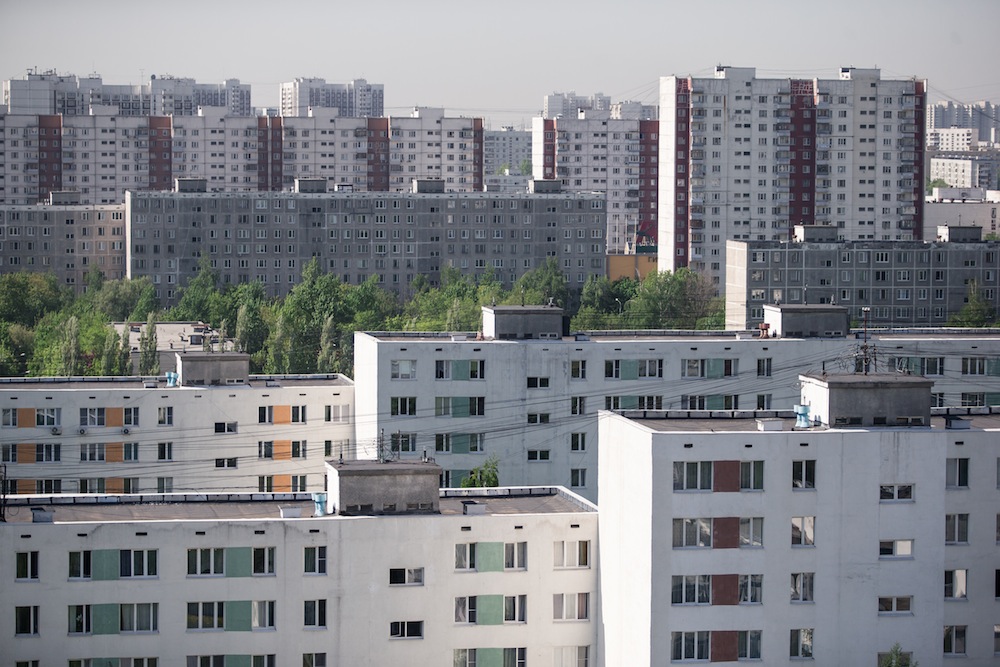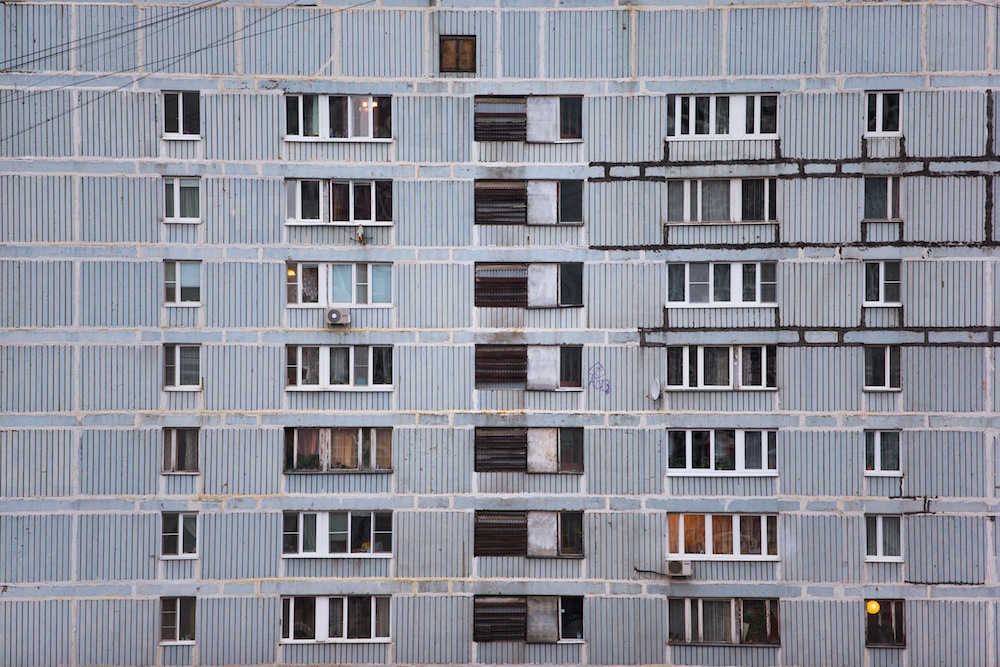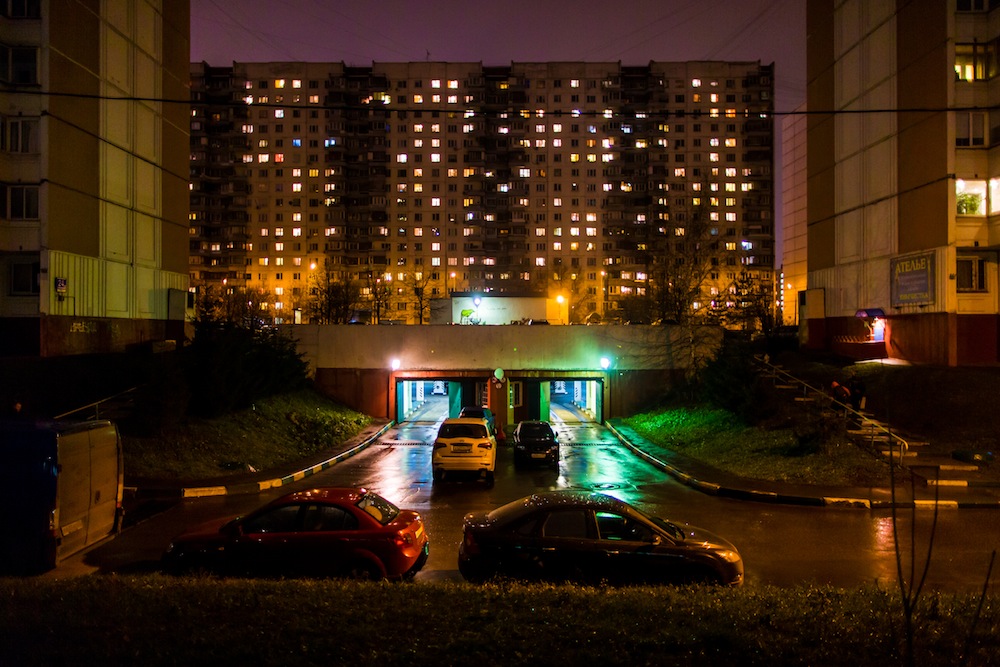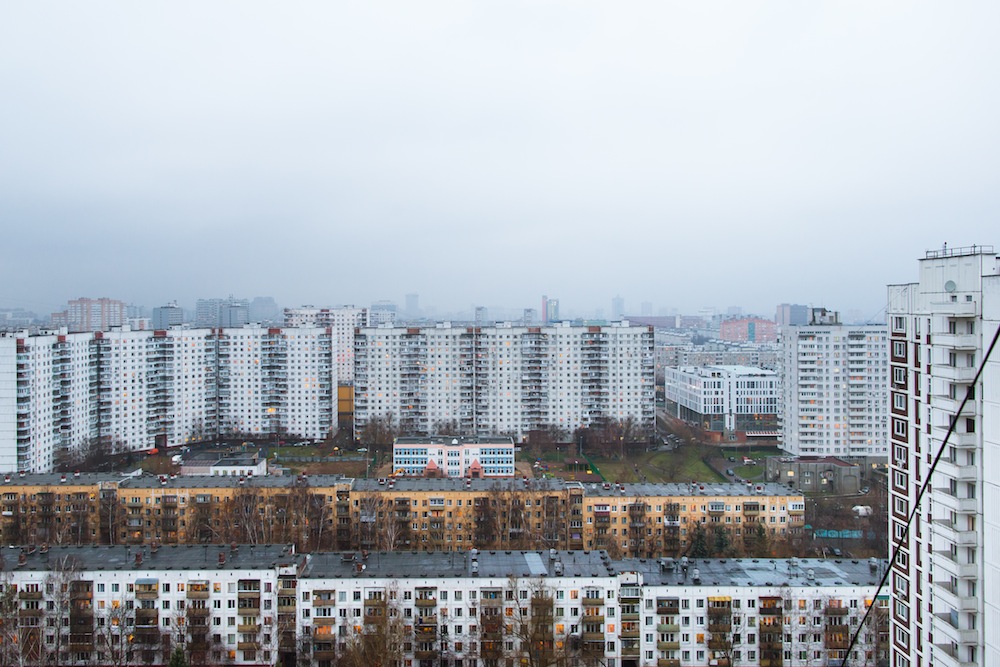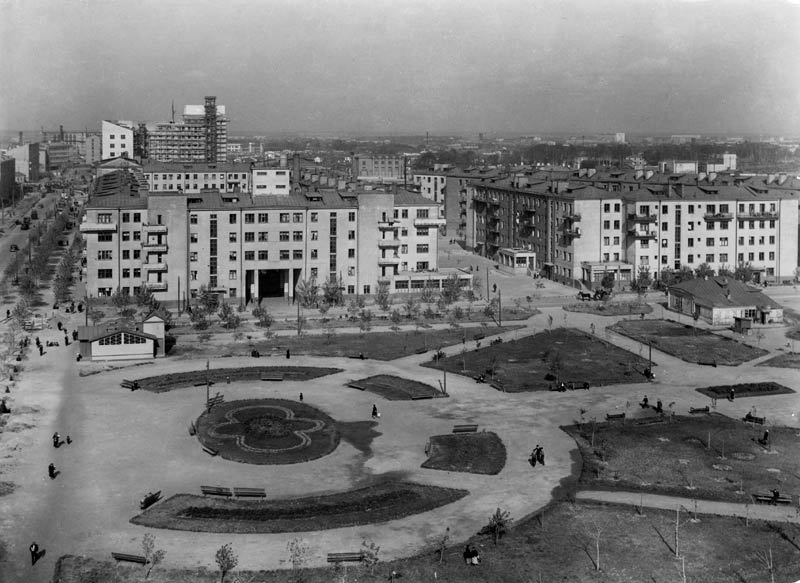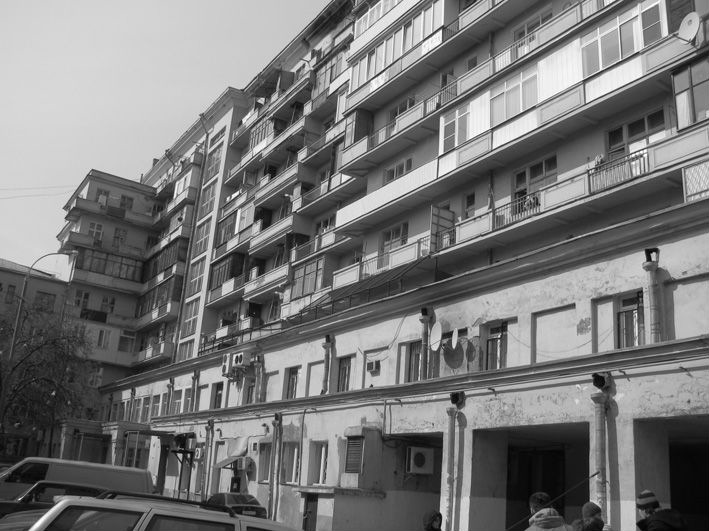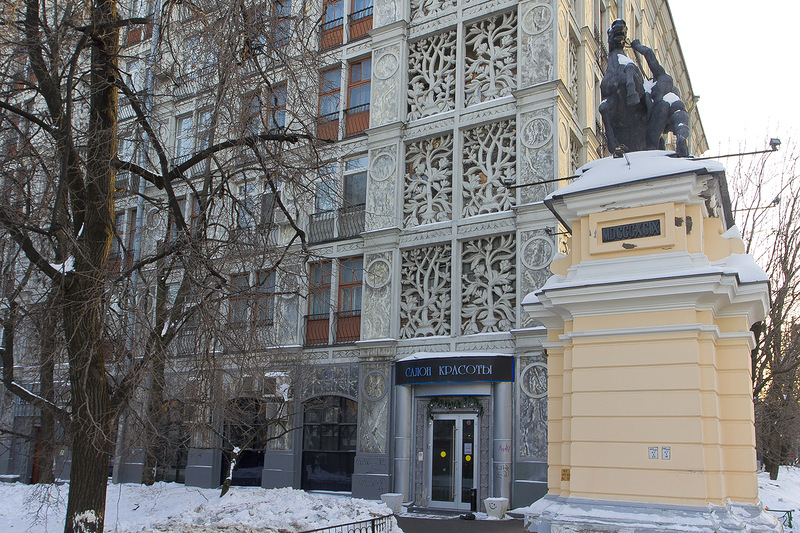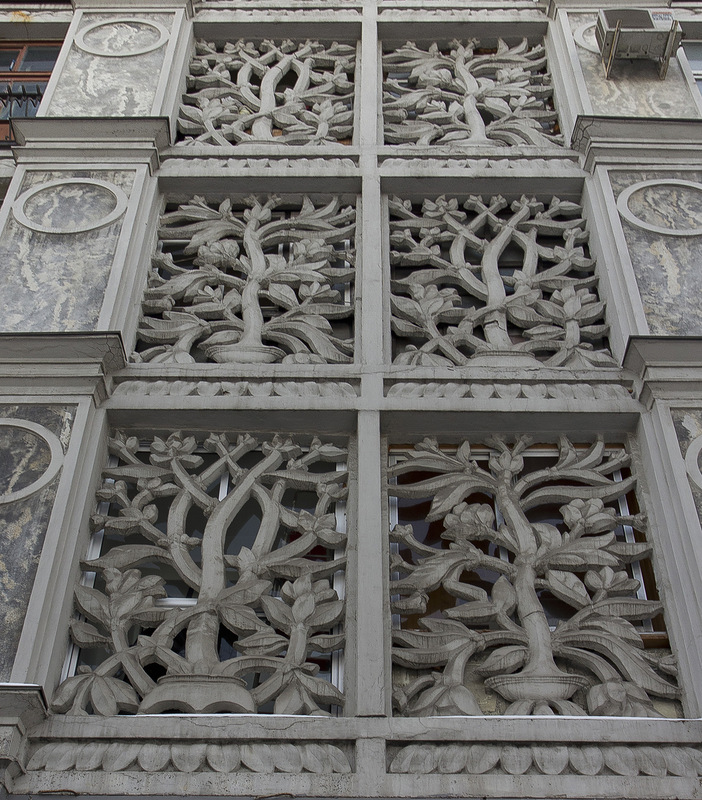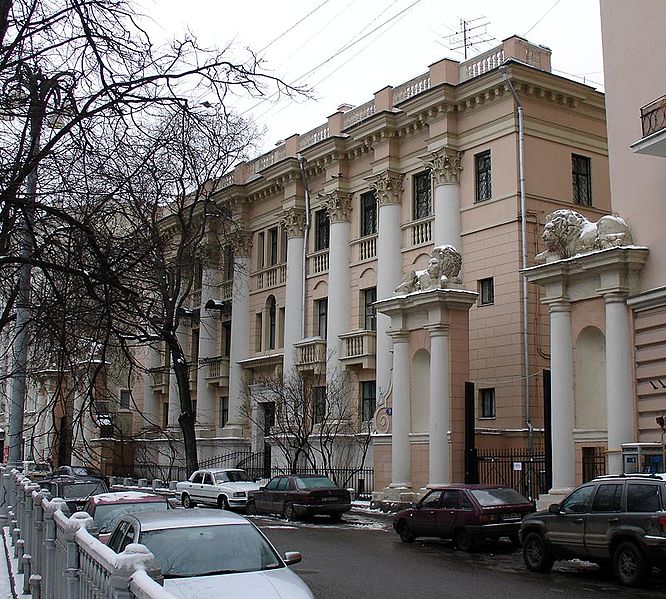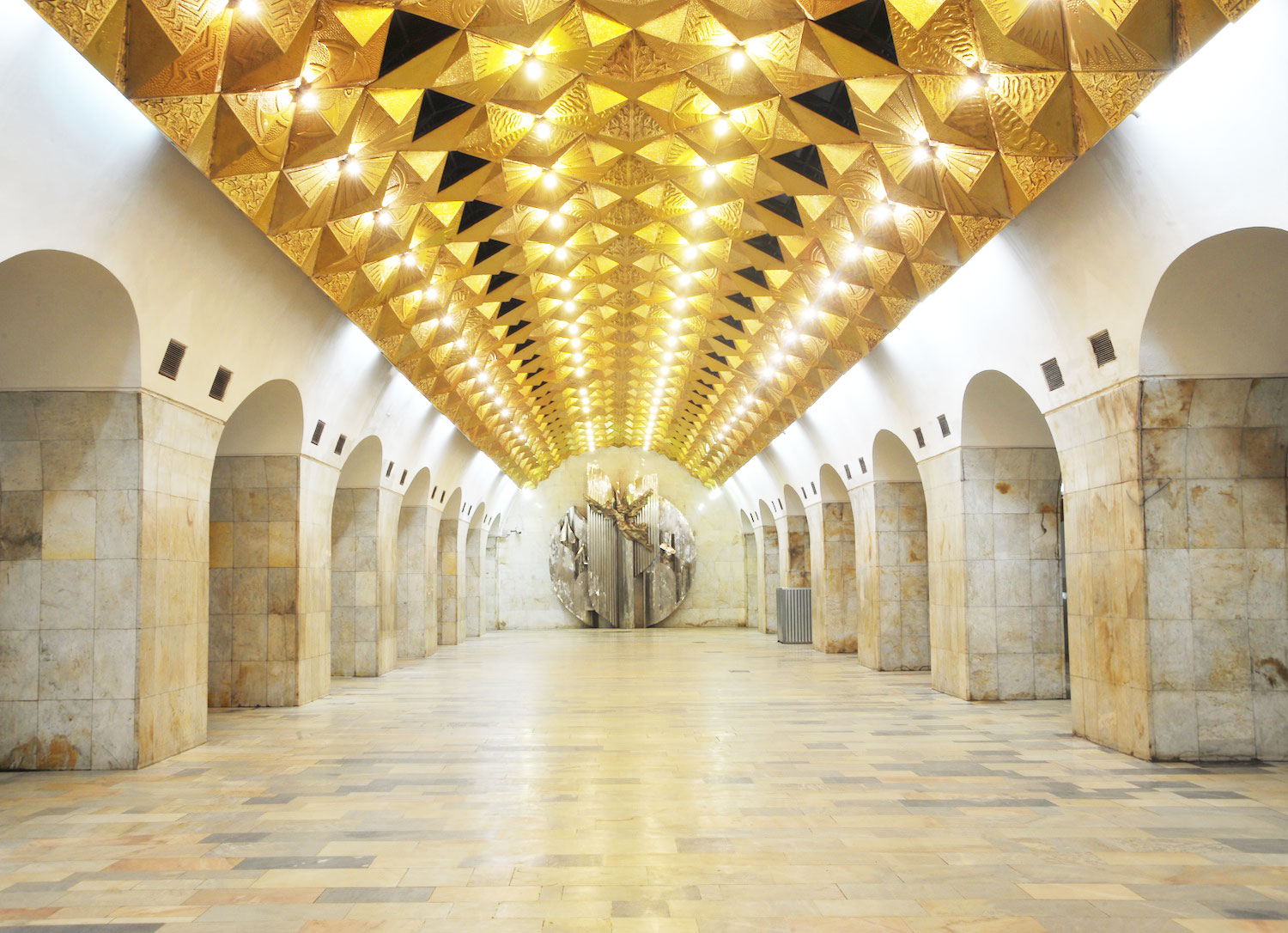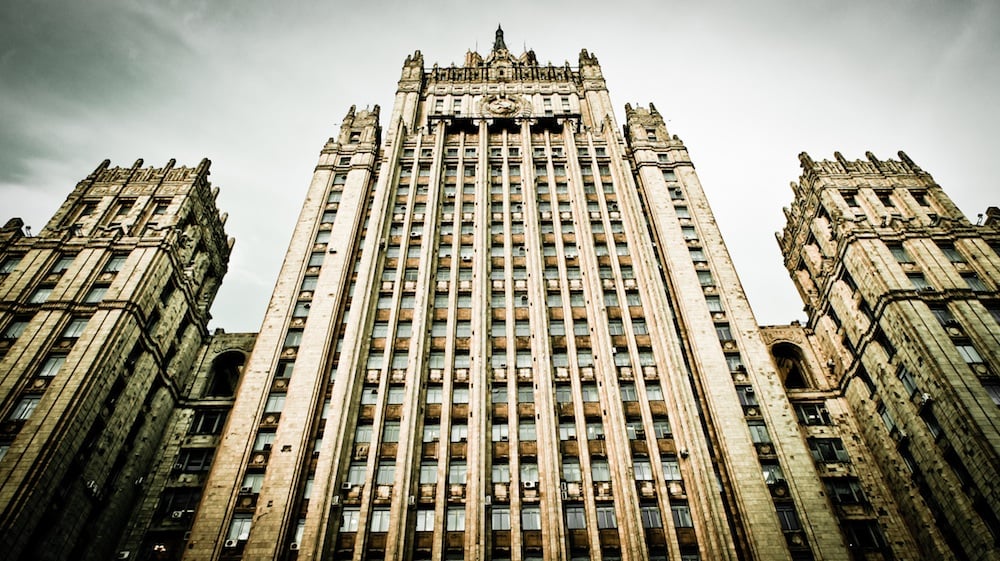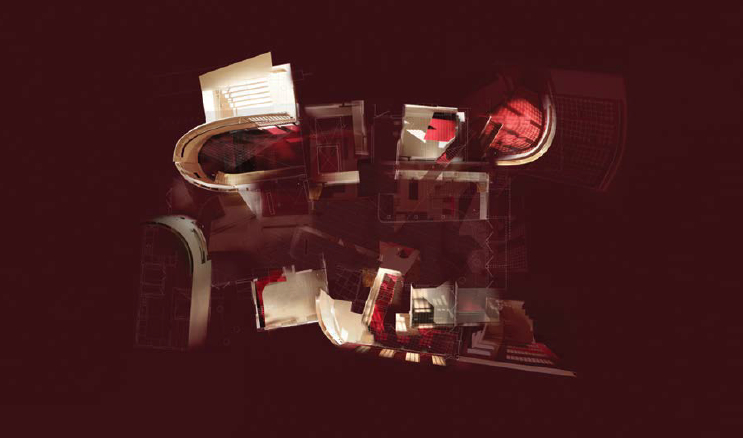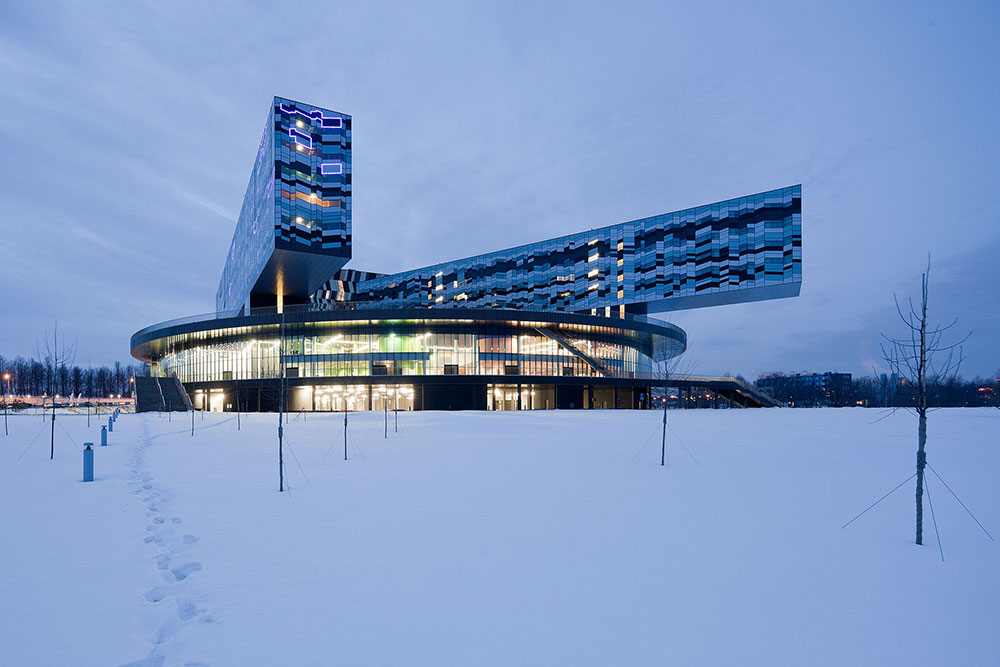Block party: Owen Hatherley celebrates a much-maligned housing project
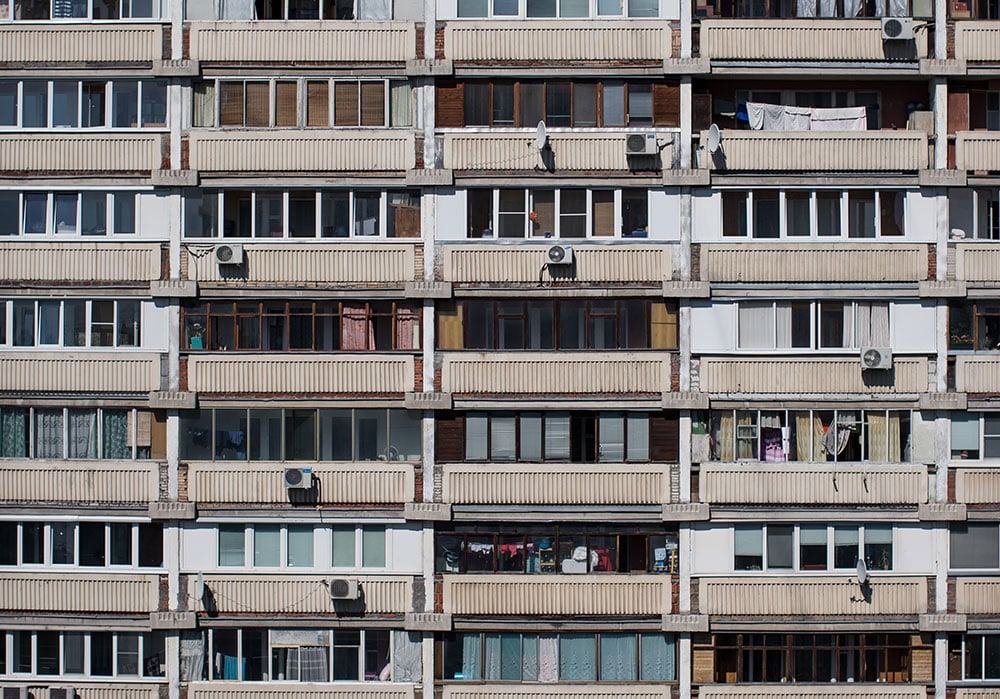
In his new book architect Kuba Snopek suggests Belyayevo, an unloved Moscow suburb, should be World Heritage listed. Owen Hatherley examines its case
The outskirts of Moscow — and every other city in the former Soviet Union — are the preserve of the mikrorayon. Best translated as “micro-district”, the mikrorayon is in the strictest sense a suburb, but in the French, rather than Anglo-American, sense. Any visitor to a post-Soviet city will have spotted them coming in from the train or especially from the airport — whether the city is Tallinn, Moscow or Kharkiv; whether it’s medieval, industrial or baroque in the historic core, the mikrorayon is always the same, at least from a distance. It combines the least loved aspects of 20th-century planning — the anti-street preoccupations of Le Corbusier’s Ville Radieuse, with its non-hierarchical blocks scattered in space — and the enthusiastic embrace of industrial production, with all components prefabricated in factories and then slotted together like a city of Lego. Although they may give a lovely view of the spires and domes of a more conventionally beautiful historic skyline, they themselves are not likely to be objects of preservation and conservation.
“It isn’t unusual for somewhere wholly generic to be preserved, as long as it is old enough”
That is, unless Kuba Snopek’s proposals for the southern Moscow mikrorayon of Belyayevo come to pass. In his new e-book Belyayevo Forever, published by Russian urbanism institute Strelka, the Polish architect writes of his “somewhat provocative application to include Belyayevo on UNESCO’s World Heritage list”. Although he obviously knew they wouldn’t bite, it wasn’t just a windup, but rather a “modest proposal” to extend heritage to its opposite. Snopek states two serious reasons for trying to get UNESCO protection for this apparently nondescript scattering of towers and slabs across green space. One of them is a question of the actual uniqueness of this one mikrorayon. Several educational and scientific institutes were relocated here as part of Nikita Khrushchev’s plans to decentralise Moscow. In Belyayevo, he writes, “the Space Research Institute is next door to the Pushkin Language Institute. The Peoples’ Friendship University, built to support the postcolonial continents of Asia and Africa, creates a multicultural atmosphere that is so difficult to find elsewhere in Moscow. Unlike other northern and eastern districts of Moscow, the southwestern area became a magnet for the intelligentsia because of its academic and spiritual context”.
It was this concentration of institutes that meant that artists settled here. Many of them were nonconformist artists, who organised the famous Bulldozer Exhibition here in 1974, so-called because it was destroyed by the authorities with bulldozers and water cannon. Snopek compares the effect Belyayevo had on artists like Dmitry Prigov or Ilya Kabakov to the effects of the French village of Giverny on Claude Monet. So, on the one hand, he wants Belyayevo preserved because it’s special; on the other, he argues that it ought to be preserved because it’s generic. “The base of my research on preservation was a paradox,” he told The Moscow Times. “50 years ago, mass prefabrication started — that means that mass produced houses were identical, ergo: devoid of uniqueness, which is a base paradigm in preserving anything.” On the other hand, he continues, “These buildings are now about 50 years old, which is a psychological threshold, after which people start thinking about preserving anything — there appears nostalgia.” In fact, it isn’t unusual for somewhere wholly generic to be preserved, as long as it is old enough.
“The London terrace, the Glasgow tenement, the Berlin Mietskaserne — all were basically identikit, mass-produced mass housing that were suddenly reclaimed as ‘heritage’ and as decent, humane housing”
Town planners and architects were shocked in the Seventies to find fierce resistance, often from young radicals, to the demolition of districts of housing that had long been considered entirely substandard and generic. The London terrace, the Glasgow tenement, the Berlin Mietskaserne (“rental barrack”) — all were basically identikit, mass-produced mass housing that were suddenly reclaimed as “heritage” and as decent, humane housing. Organisations like SAVE emerged to campaign vigorously for those areas that were too commonplace to be legally listed as being of “special interest”, but which were in close to their original state, possessed of that intangible thing, “character”, the whiff of the past. Practically every era has ended up facing this sort of rehabilitation — in the UK, for instance, the Mock Tudor semi and the modernist tower block both have fervent advocates, despite having been entirely pejorative in the Thirties or the Seventies. How does this fit in with Snopek’s call to preserve the generic in Moscow?
Moscow’s mass housing in the 20th century has followed a different trajectory to the UK, though there are some similarities. The first major housing project after the revolution, the Sokol Co-operative Settlement in the north of the city, was a Russian equivalent to Mock Tudor — deliberately dreamy and retrograde. Like much wooden housing, it is also basically prefabricated, “dry” construction slotted together rather than made via the messy “wet trades” of bricks, cement or concrete. After this, there was a move towards modernism on the part of Moscow’s city council, as in Vienna or Berlin at the time — small mid-rise blocks of flats, with no ornament and clean lines, set in green space. Several Moscow districts still feature these rather forgotten estates, which have been given attritional embellishments, particularly by glazing the balconies to create extra rooms. Because of their peripheral relation to the Russian avant-garde, these have had attracted some attention: another Strelka project, a special issue of the magazine Archiproba, profiled them extensively. Far more prevalent than either of these is the mass housing of the Thirties and Forties — giving rise to one of the few areas where the word “Stalinist” is used as a compliment, like “Georgian” in the UK.
“Housing is one of the few areas where the word ‘Stalinist’ is used as a compliment”
Around the corner from the small modernist estate of Dangauerovka in the east of Moscow is Shosse Entuziastov (the Highway of Enthusiasts), which was one of the first of this new form of grandiose-generic. This time the inspiration appeared to be Berlin or Vienna not in the Twenties, but in the 1890s: tall tenements of brick with ornament in stucco, tiles or stone. In some cases, statuary or other forms of Soviet workerist symbolism was added. Like everything else during Stalinism, these new housing estates, built over a twenty-year period from the mid-Thirties to the mid-Fifties, were hierarchical, with the really opulent one-off classical structures, like Ivan Zholtovsky’s House of Lions in Patriarch’s Ponds, reserved for the Party’s top brass, and a lesser, if still grand, symmetrical and intimidating version for industrial workers in the suburbs. Nonetheless, both have often physically aged better than what came afterwards, something that could be put down to their facade materials, the individuality and “specialness” of their details, and their use of traditional plans (“active frontages”, ground floor shops, “eyes on the street” — all things that any contemporary urbanist would nod their head at). The results have been in many cases renovated, cleaned-up, even imitated, and often sold off for large quantities of money, but they’re not actually as far from the prefabricated mikrorayons as they look.
From the late Thirties, some architects tried to devise ways of industrialising the creation of individualist, anti-modernist apartment blocks. The earliest is probably a 1938 block on Leningradsky Prospekt by Andrei Burov, who was once such a disciple of Le Corbusier that he even copied his fashion choices (those little round spectacles). Here, the ceramic ornaments of leaves and suchlike are made from prefabricated panels, as are the balustrades and cornices. After the war, this started to become common practice as a way of speeding up construction during the housing crisis — blocks which look from a distance like opulent Stalinist palaces of terror, such as those around Polezhayevskaya metro station, or the housing block on Peschanaya Street, but are actually made up of concrete panels. All that Khrushchev did, when he began the process of building mikrorayons, was remove the pretension that these were really “palaces” — and to build them on a truly massive scale.
It is maybe this quantity and monotony that have stopped the massive housing projects of the Khrushchev and Brezhnev eras from being revalued or preserved (though the first, Novye Cheryomushki in southern Moscow, has its defenders, perhaps because of Shostakovich’s opera based on it). Critics argued that the reclaiming of mass housing in the Seventies occurred because it relied on distinction — the person who could spot an original Victorian fireplace in a London house or some stucco mouldings on a Berlin tenement revealed themselves as a connoisseur, no matter how mass-produced they were in the first place. It might sound unlikely, but the same could happen in a concrete mikrorayon. Especially if it hasn’t been renovated. The original multicoloured tiles… a surviving neon shop sign… an old mosaic… little metal spaceships in the playground… a particularly verdant green space… they’re all there, waiting to be rediscovered by some discerning new arrival.
Snopek calls the Belyayevo of the Seventies an “arts incubator”, and it has every potential to entice aesthetically minded new residents again. But whereas artists previously lived in Belyayevo in an era when extraordinarily low rents (around 5% of income or less) made “gentrification” a very distant prospect, that’s hardly the case now, with Moscow one of the most expensive cities in the world. And we all know what happens today when artists move into an area — the beginning of processes that have not always ended well for those who already live in this “undiscovered” housing and would prefer just to have cheap, functional places to live.
